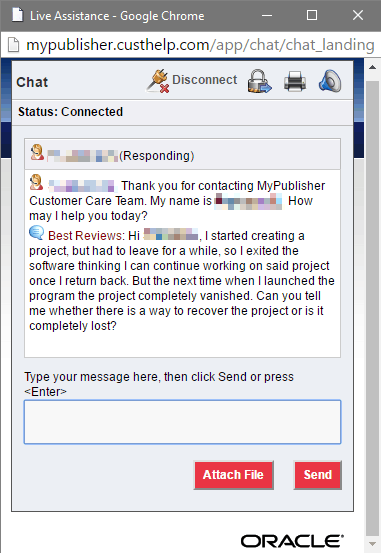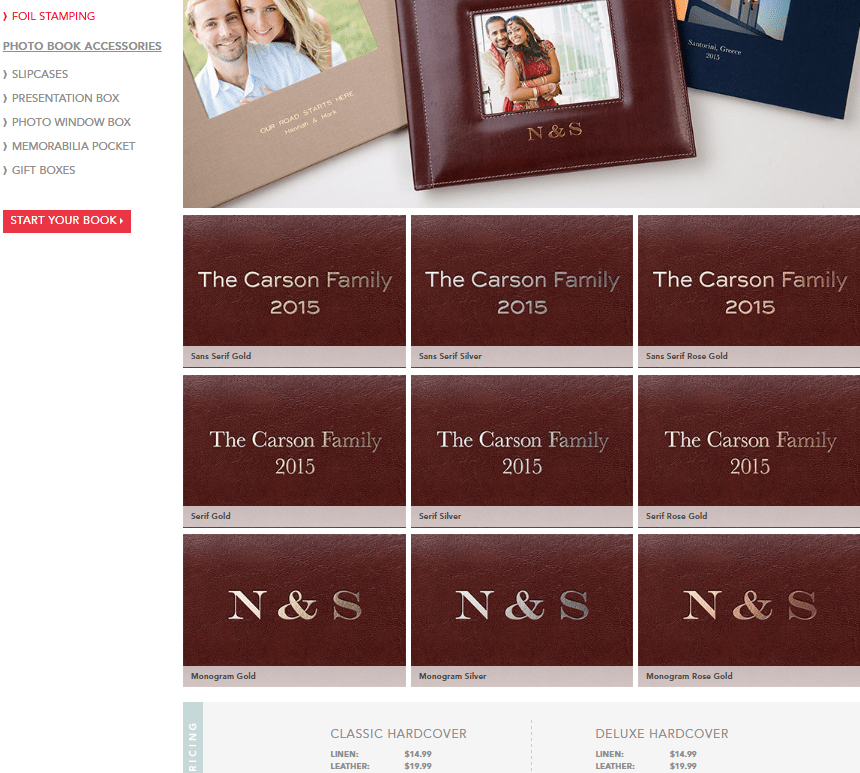

They cost a pretty penny and are typically the albums shown by pro photographers to prospective brides and grooms. Flush mounts are at the luxury end of the photo book market. If you don’t have time to read it, to sum it up, your digitally printed photo books will be just fine.įlush mount books technically fall under the heading of “photo paper” but I’m giving it its own section as I get a lot of questions from readers about them. If you’d like to read more on this topic, I found a very informative article on image permanence by Wilhelm Imaging Research. Additionally many companies (if not all) use archival paper and archival ink. From what I’ve read, the earlier criticisms that images printed on a digital press are quicker to fade haven’t held up. I can only speak to my own experience over the last 6 to 7 years and I haven’t noticed any issues with fading, but obviously it’s not a long enough time period to make an informed opinion, so I have to rely on what I’ve researched on the Internet. I have been asked my opinion about longevity of printed photo books. Of course no one wants their images to fade. Another criticism against digital printing has to do with image permanence. When you zoom in on a book printed photographically, you don’t see the individual dots and therefore the image may appear smoother and more continuous. When you zoom in on a book printed on a digital press, you may notice that the image is made up of tiny dots (raster). That will change early next year.Some folks argue that the traditional photo print process produces higher quality images than digital printing. This limitation would be a deal breaker for me.Īnd that's not true, though short side binding is currently limited, depending on size. That's fine forĪ magazine, but not necessarily for a photo book. > It seems like the binding can only be along the long side, and not on the short side. That link was not posted prior to my offer for the OP to see. Far from it, relying on a high degree of digital automation. These are notĬonventional plate-per-page offset lithography presses where a great deal of old-world printingĮxperience and expertise drives results. Same can be said about printing press and operator.Īnd they all pretty much end up looking the same re IQ having tried a handful. I like to say that "It's not the camera, but the photographer." that produces the great work. > But these same digital printers are run by different operators. I can elaborate in more depth if desired. You really need to understand all of these factors before selecting a print-on-demand photobook printer. Considering all of the above factors, going with MagCloud made the best sense for my photo publications. Don't forget about shipping costs as they can be a significant portion of the overall cost. What separates the various companies are size/cover/binding options, paper options, layout software, service, fulfillment options, and cost.įor example, MagCloud does not offer hardbound covers, but for me they offer the best price, shipping, and fulfillment service - important for me.

I've also used Blurb, Apple, and MyPublisher.Īll print-on-demand printers use the same HP Indigo digital presses - except Lulu, which is not the best choice for photo books. I've been using MagCloud for about four years, and have published six books with them with more coming in the future. Suggestions and recommendations for a single publisher without any comparison or context are useless.Īnd just as useless are reviews where three large print-on-demand companies are absent from the list - Blurb, MagCloud, and Apple.


 0 kommentar(er)
0 kommentar(er)
